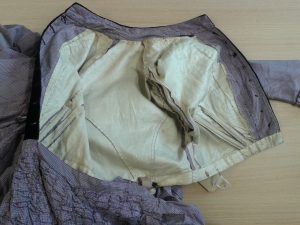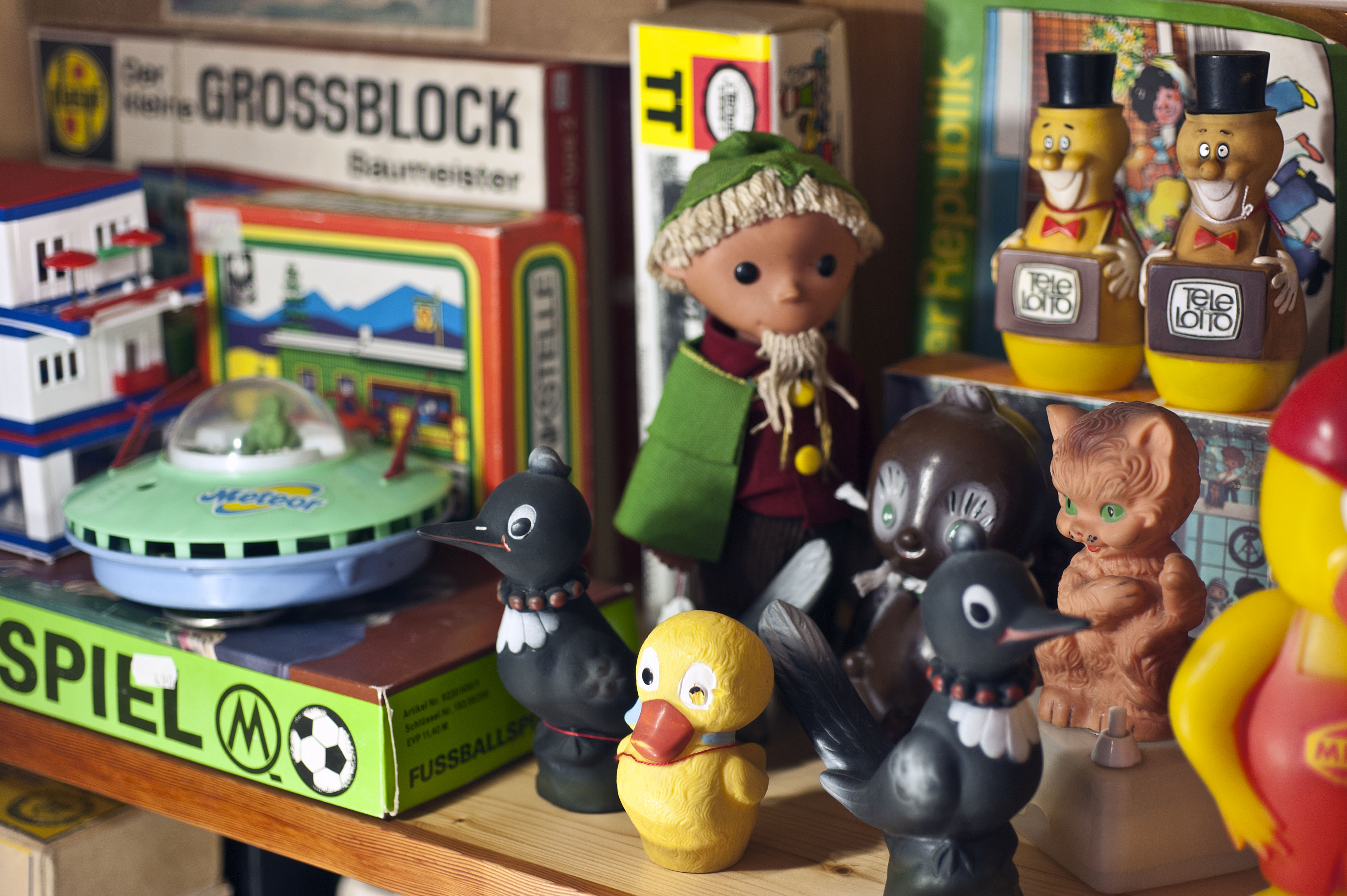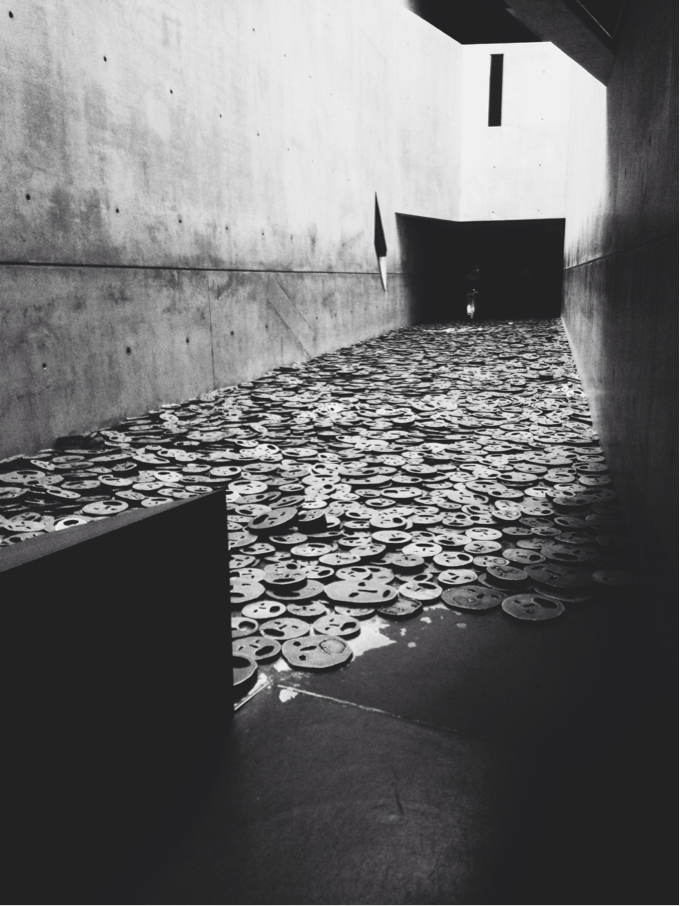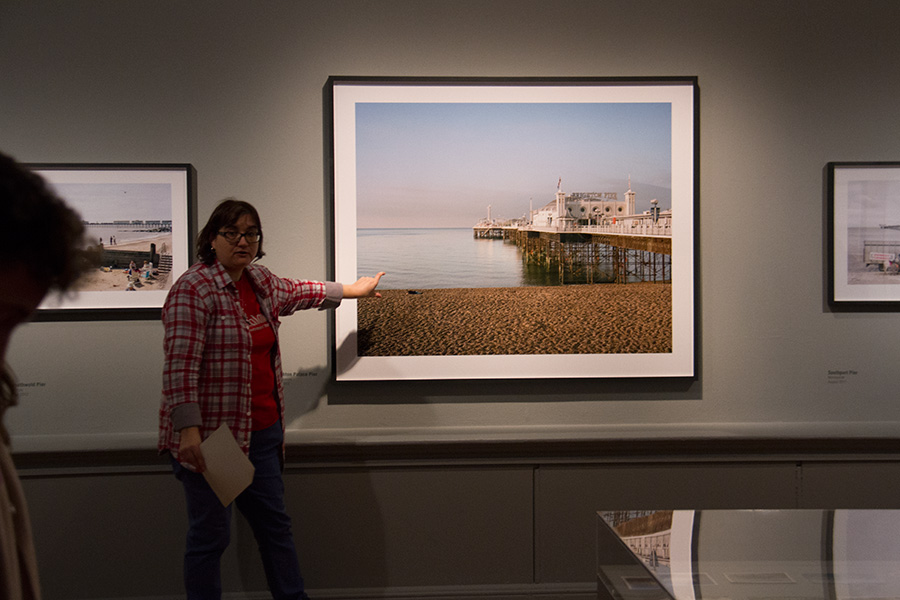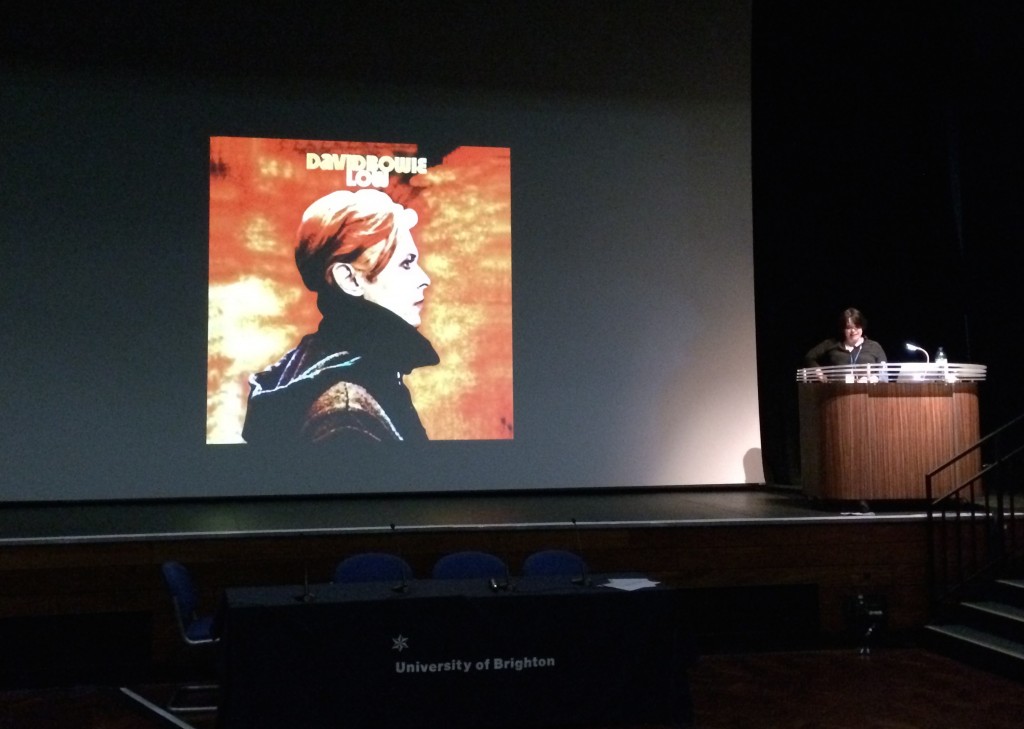Lisa Hinkins, currently in her final year studying BA (Hons) History of Art and Design, gives an update on the diverse volunteering opportunities available via the University of Brighton – and the unexpected places they have led…
In my first year of the BA (Hons) History of Art & Design course, I was asked if I could write for our blog about my experiences of volunteering. In it I mentioned the ‘positive feedback loop’ from my experience of coordinating volunteers at a Scrap store I ran, to my volunteering with Photoworks and Fabrica. Since then, I have participated many hours of learning and creating within my voluntary roles. On the way, I have met and made friends with many different people. Fabrica has been a refuge from many stresses and an outlet to experiment in writing for their Response magazine, create workshops and interact with the public in Front of House duties for exhibitions.
The initial few months of volunteering within the arts gave me the confidence to apply for a job at Brighton Museum & Art Gallery as a casual gallery explainer. For nine months, I was part of a team working in the Fashion Cities Africa exhibition, following which I worked with the Constable and Brighton exhibition. While engaged with the Museum, it has led to some other opportunities within the organization, which have been very interesting and invaluable learning experiences. So, my volunteering led to a positive outcome of a paying job.
Not only have I been able to earn money from something I enjoy, I continued my volunteering during my second year of study. Somehow, I managed to rack up over 90 hours of volunteering! It has been important to keep in contact with Kat (neé Turner) Saunders, Volunteering Project Officer for Active Student Volunteering Services, as she was able to ensure I received continued opportunities with Photoworks, which included creating a workshop during 2016’s Brighton Photo Biennial at the Ewen Spencer installation at Fabrica. Another benefit of keeping registered with the university Volunteering Services, is that your volunteering hours are officially recognized by it, so for the past two years I have received certificates recognizing my dedication.
In June, I was completely taken aback when Kat Saunders sent me an invitation to attend the Mayoral reception for University of Brighton student volunteers, part of celebrations for National Volunteers’ Week. Around twenty students were invited from across the Brighton campuses to the reception in acknowledgement of the many hours of dedicated service in organizations across the city. It was an honor to be asked and to represent the City campus. It was also a great excuse to eat far too much cake in the Mayor’s Parlour in the Town Hall! And it was a delight to meet the exuberant Mayor, Mo Marsh, who took time to speak to all of us about our experiences and thank us.
A week later our group photograph with the Mayor was featured inside The Argus newspaper. Rather embarrassingly the callout for students to send a few words about their volunteering experiences, for the article seemed to result in only mine being published, but Fabrica director Liz Whitehead was truly delighted that her organization got a mention in my statement.
That positive feedback loop has endured: volunteering, job, celebration, recognition, continued volunteering. I would encourage my fellow students to sign up with Active Student Volunteering Services. It has been one of the best things I have done during this journey through my degree.

